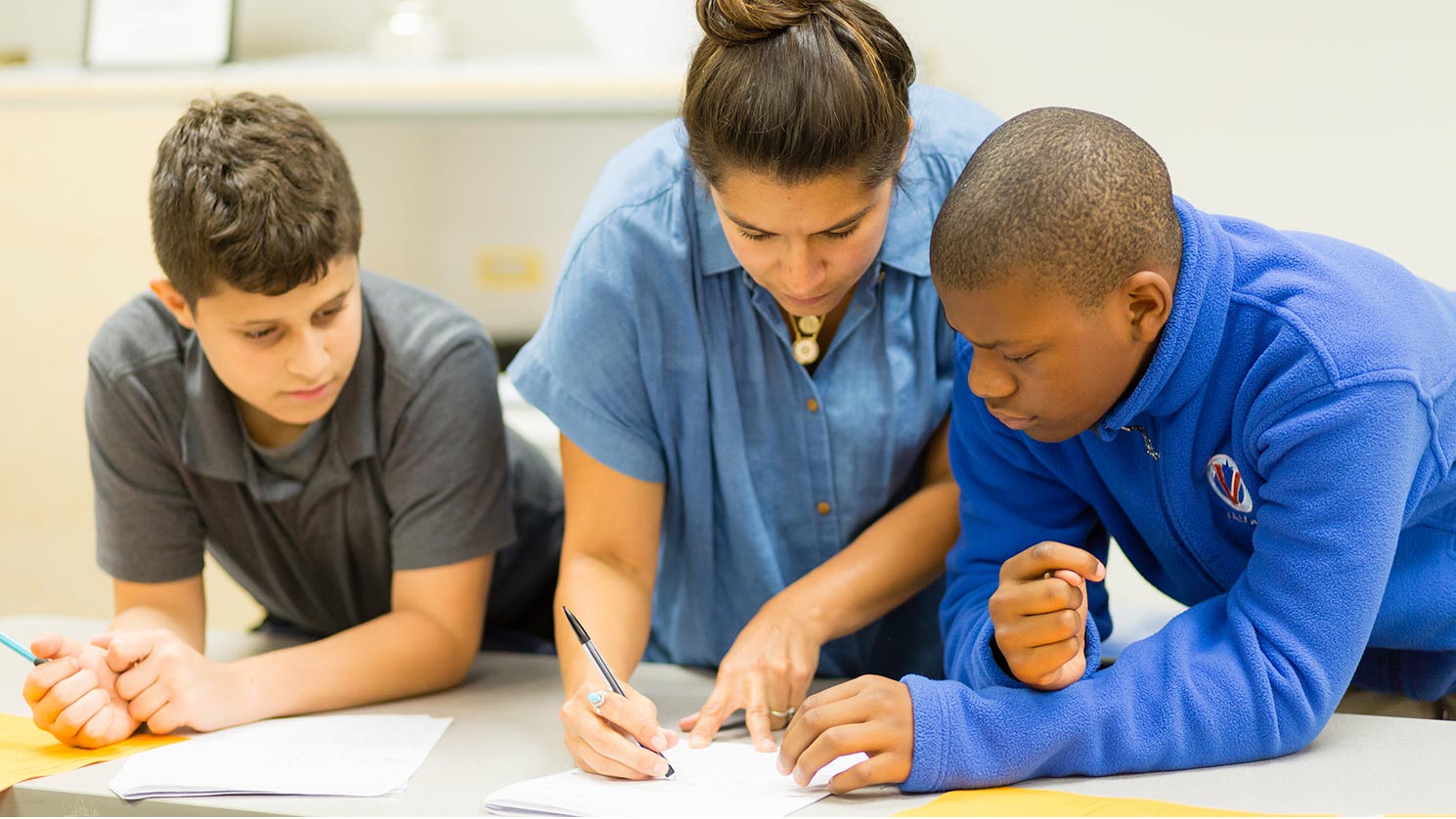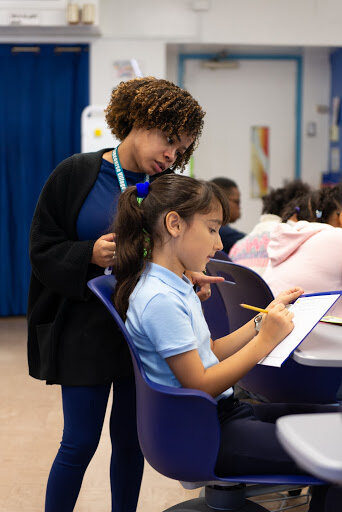High Dosage Tutoring

As the school year comes to a close in some parts of the country, educators and school leaders are turning their attention to planning for the next academic year. The widespread shift to complex new virtual or hybrid models this year and the social and emotional challenges many students have experienced have heightened worries about lost schooling and “summer slide.” To combat actual or perceived gaps, districts are seeking solutions and ways to make use of Federal COVID relief funds. To this end, Transcend has developed a primer on high-dosage tutoring, one of five evidence-based tenets recommended by the Harvard Education Innovation Laboratory for meeting students’ needs.

High-dosage tutoring (HDT) involves tutors meeting with a small group of students at a regular cadence—ideally three or more times per week during the school day. Studies indicate that as group sizes increase, impact on student outcomes decrease. In fact, according to the Hamilton Project, tutoring groups with two or less students have been the most studied and most successful. Smaller groups may also facilitate positive tutor-student relationships, which can lead to further positive academic, social, and motivational outcomes.
HDT can help mitigate learning loss, with some studies showing it makes up for five months of learning and other studies indicating gains of one to two additional years of math.

Should your district consider high-dosage tutoring?
Research specific to high-dosage tutoring is limited, but emerging information is promising. Below are some key insights that have particular relevance as schools reopen after the summer and pandemic:
- HDT can help mitigate learning loss, with some studies showing it makes up for five months of learning and other studies indicating gains of one to two additional years of math.
- HDT can improve self-efficacy and foster a love of learning, which (per the Hamilton Project) can increase scores across other classes.
- HDT has the largest impact on improving math scores, especially for those at the lowest end of the achievement distribution, but has also been found to increase ELA scores.
- HDT has been found to have a stronger impact on school effectiveness and student learning than traditional inputs such as reduced class size, increased per pupil expenditures, and a greater number of teachers with advanced degrees. This is especially true in earlier grades.
- HDT improves outcomes for Black and Hispanic students by increasing both attendance and ELA scores. In fact, the Hamilton Project found high-dosage tutoring effectively narrowed the Black–white math test score gap by almost a third in just one year.
Currently, there is no empirical evidence on delivering HDT virtually, so it is unknown whether a virtual program would have a significant impact.

How can we move forward with HDT for our students?
HDT relies on a thoughtful implementation strategy that is built with the local context in mind. Transcend developed the High-Dosage Tutoring Primer to provide education decision makers with a one-stop resource. In addition to the overview shared here, the primer synthesizes research and key learnings on the following topics:
- Defining HDT
- The potential of HDT
- Setting up and supporting HDT
- Schools and resources to explore
Learn more by accessing Transcend’s free resource, Reinventing School with High-dosage Tutoring.
Transcend supports communities to create and spread extraordinary, equitable learning environments.

